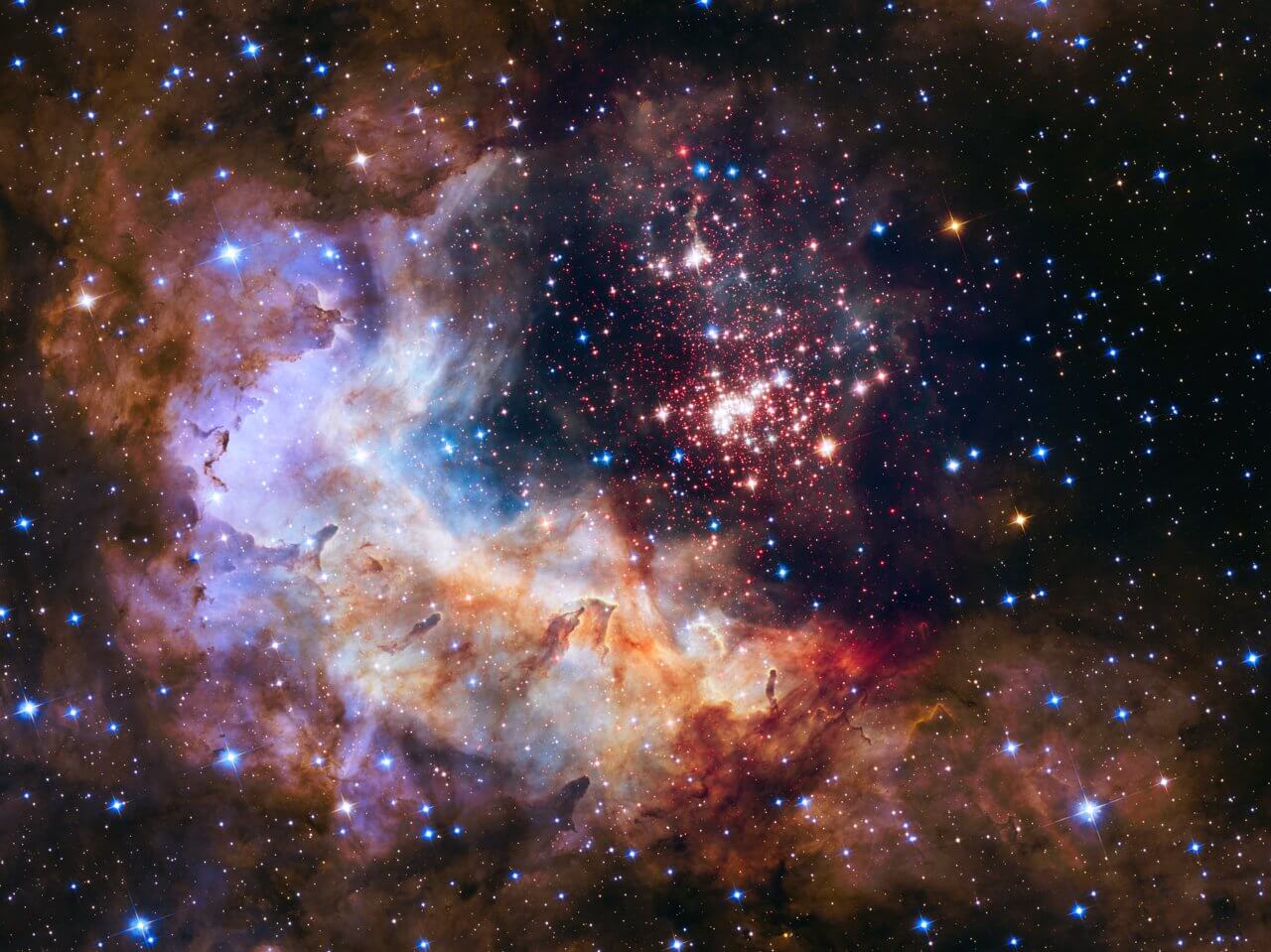
80+ Astronomy Features For Fantasy Worldbuilding50 min read
Comets, eclipses, and cosmic wind! Welcome back, Outlander, to the 15th entry in Mythic Ecology, my series on how learning real-world landscape features can enrich our fantasy worldbuilding and storytelling. In this post I return to my minimalist framework for Dungeon Masters, Game Masters, fiction writers, and similar worldbuilders to merge the realms of general myth and geomorphology. Last entry I took a look at Rock Formations. As I resume my journey sketching a framework for designing Yridia, my unique D&D 5e fantasy world, let’s learn some rock formations, with a visual guide. With the deep space themes of Spelljammer set for official release for D&D 5e, I figure this one might be especially helpful!
How does one interact with such astronomy aspects in normal D&D 5e play? Here’s some ideas, which I will tag where relevant:
1. Magical Means: Arcane & Divine Scrying (e.g. the Scrying, Legend Lore spells), deific powers (e.g. Cleric’s Divine Intervention, the Wish spell), teleportation (e.g. the Teleport, Teleportation Circle) planar portals (e.g. Gate, Plane Shift, Astral Projection spells).
2. Spelljammer Vehicles: spacefaring vehicles in the forthcoming Spelljammer material.
3. Magitek Telescopes: a bit of a deus ex machina of magic-powered optics comparable to some variety of industrial telescope lenses, perhaps powerful artifacts.
All the images herein I use for educational and entertainment purposes, I claim no rights to any of them. For corrections or content removal requests, hit my contact page.
Part 0: Mythic Ecology For Fantasy Worldbuilding & Storytelling
-Settlements
-Omens
-Overlooks
-Passageways
-Abyss
-Battlegrounds
Part 1: Solar Phenomena
-Sun
-Analemma
-Solar Phase Progression
–Dawn
–Sunrise
–Noon
–Sunset
–Dusk
–Midnight
-Solar Flare
-Sunspot
Part 2: Lunar Phenomena
-Moon
-Lunar Phase Progression
–New Moon
–Waxing Crescent
–First Quarter
–Waxing Gibbous
–Full Moon
–Waning Gibbous
–Last Quarter
–Waning Crescent
-Black Moon
-Blood Moon
-Blue Moon
-Lunar Pareidolia
-Moon Illusion
-Moonrise
-Moonset
–Major Lunar Standstill
-Planetshine
-Saber’s Beads
-Supermoon / Perigree Syzygy
-Micromoon / Apogee Syzygy
-Wet Moon / Cheshire Moon
Part 3: Planetary Phenomena
-Planet
-Bright Planet / Naked Eye Planets
-Nibiru Cataclysm / Nemesis Catastrophe Cycle
-Secret Planet / Planet Nine
Part 4: Stellar Phenomena
-Star
-Cosmic Dust
-Cosmic Wind
-Double Star / Binary Star
-Einstein Ring
-Nebula
-Optical Doubles / Optical Multiples
-Supernova
–Hypernova
-Tidal Disruption Flare
Part 5: Constellations
-Asterism
-Constellation
-Dark Cloud Constellations
Part 6: Small Solar System Bodies
-Asteroid / Planetoid
-Comet / Great Comet
-Meteor / Meteoroid / Meteorite / Shooting Star / Earth-Grazing Fireball
–Bolide / Superbolide
–Meteor Shower
Part 7: Eclipses
-Eclipse
-Syzygy
-Baily’s Beads / Diamond Ring
-Lunar Eclipse Progression
–Penumbral Lunar Eclipse
–Partial Lunar Eclipse
–Total Lunar Eclipse
–Tetrad
-Solar Eclipse Progression
–Partial Solar Eclipse
–Annular Solar Eclipse
–Total Solar Eclipse
Part 8: Occultations & Transits
-Occultation
–Grazing Occultation
-Transit
Part 9: Conjunctions & Oppositions
-Appulse
-Conjunction / Triple Conjunction
-Opposition
-Quadrature
Part 10: Solstices & Equinoxes
-Spring Equinox
-Summer Solstice / Midsummer
-Fall Equinox
-Winter Solstice / Midwinter
Part 11: Space Holes
-Black Hole
–Supermassive Black Hole
-White Hole
-Wormhole
PART 0: MYTHIC ECOLOGY FOR FANTASY WORLDBUILDING & STORYTELLING
Let’s revisit my minimalist framework for my worldbuilding. The six archetype tags with which I will flag all the various real-world land features in my Mythic Ecology Series:
1. Settlements: habitable regions of either Work or Play, Familiar or Exotic, offering diverse narrative functions: a Day in the Life, Home Base, Personal Reasons, Gathering Supplies. Can subvert tropes with Ruins or Escape.
2. Omens: sensational, temporal, or particularly pointed features that offer narrative functions of forshadowing, and good or evil portents. Can subvert tropes with a Wild Goose Chase.
3. Overlooks: sites of magnitude and grandeur, living monuments which can function narratively for finding resolve, invoking spirits, or as a Call to Adventure. Can subvert tropes with Dread or Betrayal.
4. Passageways: transitional journeylands, including magical portals, functioning narratively for initiation and return, thresholds and tests, shortcuts and setbacks.
5. Abyss: a void or confined space presenting scarcity or temptation, desperation and danger. Can subvert tropes with a Timely Rescue or Secret Refuge.
6. Battlegrounds: sites fit for epic, sprawling encounters and climax conflicts. Can subvert tropes with Alternative Solutions.
Feel free to submit your own ideas, or draw outside the lines. Alright, let’s see how astronomical phenomena fit in.
TIP: Since most of this entry’s features function as omens, if you want some prophecies to go along with them, I use the free D&D random prophecy generator tools from Fantasy Name Generators, Chaotic Shiny, and Springhole.
PART 1: SOLAR PHENOMENA
D&D 5e School of Magic Affinities – Abjuration, Conjuration, Divination, Evocation.
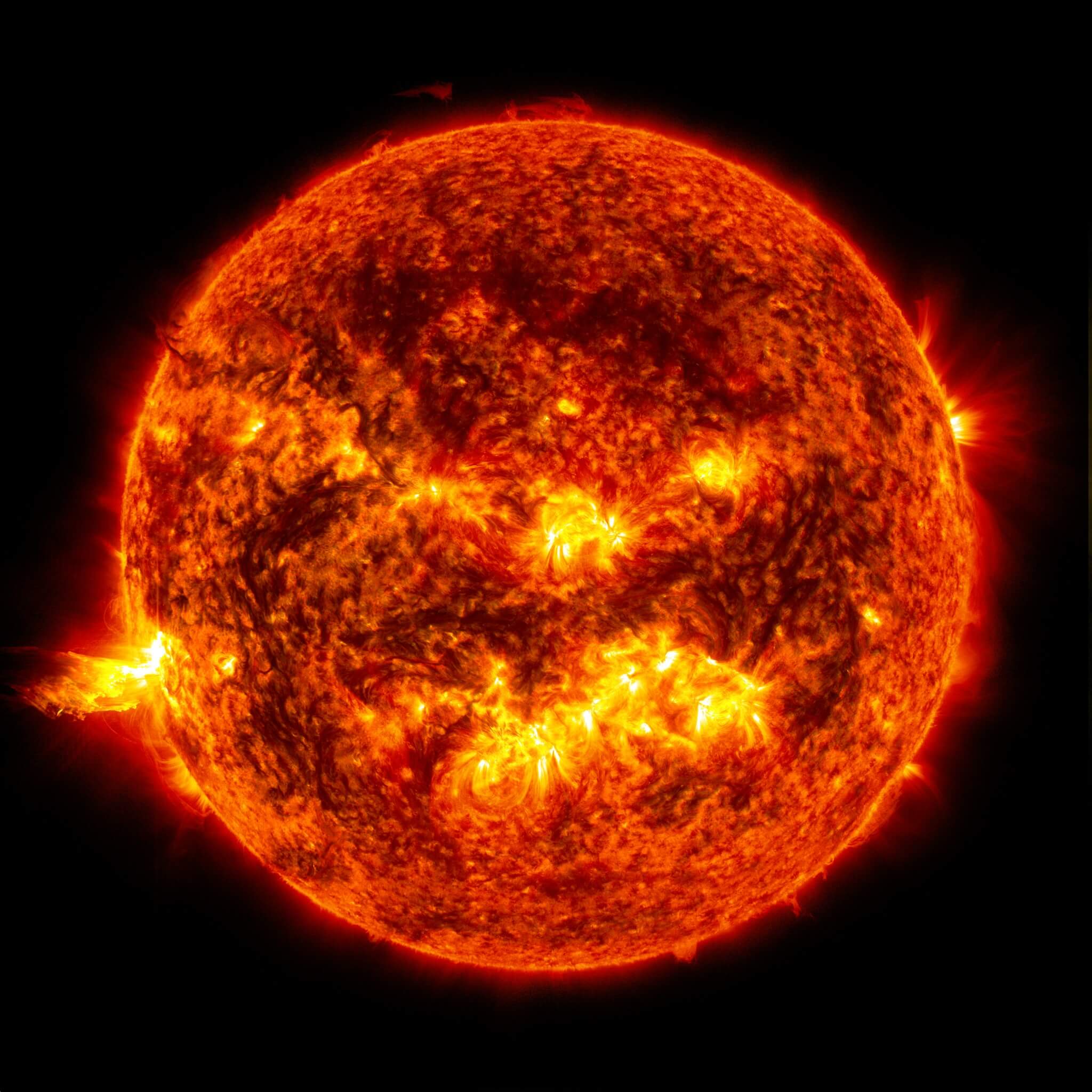
Sun – a star at the center of a solar system, creating durable gravitational orbits of objects like planets, moons, and small solar system bodies, as well as emitting potentially biologically-useful sunlight.
[Omens, Overlooks, Abyss]
<D&D 5e, if up close: Magical Means; Magitek Telescopes; Spelljammer vehicles>

Analemma – a diagram, resembling a figure 8, which shows the position of a sun (or sometimes a moon) in the sky, as seen from a fixed point on the observer’s planet at the same solar time over a year. Associated with sundials. As seen from other planets, representations may include a figure-eight, teardrop, ellipse, or a point, depending on duration of orbit.
[Omens, Overlooks]

Solar Phase Progression – the daily solar phases experienced by a local observer on a planet.
[Omens, Overlooks]
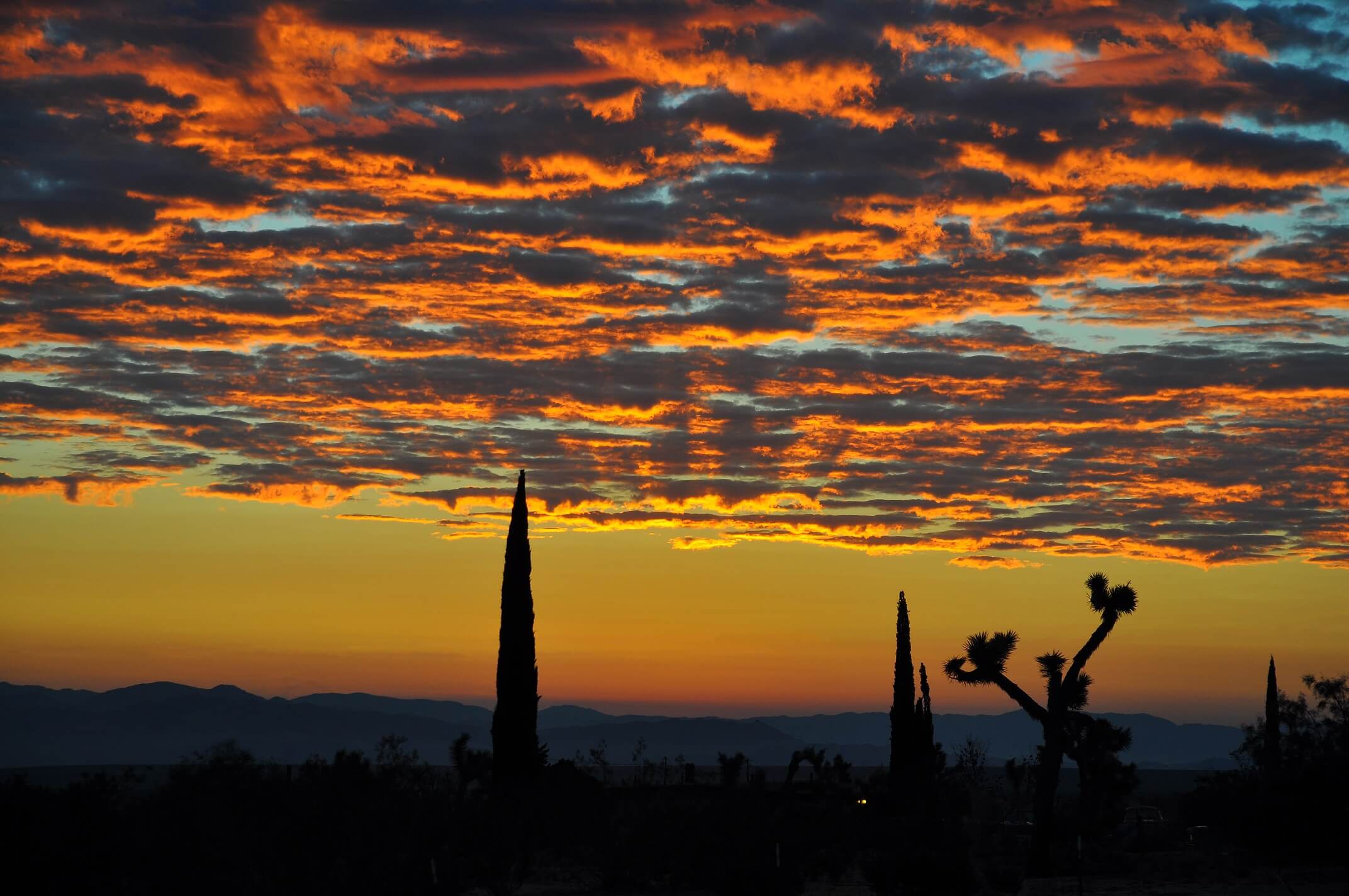
Dawn – the daily solar phase just before sunrise, featuring increasing but indirect sunlight while a sun sits below the horizon.
[Omens, Overlooks]

Sunrise – the daily solar phase where the upper limb of a sun appears on the horizon in the morning.
[Omens, Overlooks]

Noon – the daily solar phase where a sun reaches its highest point in the sky.
[Omens, Overlooks]

Sunset – the daily solar phase where a sun disappears below the horizon.
[Omens, Overlooks]

Dusk – the daily solar phase just after sunset, featuring lingering and indirect sunlight while a sun sits below the horizon.
[Omens, Overlooks]

Midnight – the daily solar phase halfway between sunset and sunrise, opposite to noon.
[Omens, Overlooks]

Solar Flare / Stellar Flare – a sudden flash of increased brightness on a sun, observed remotely and near its surface, in close proximity to a sunspot group. Powerful flares can have an accompanying coronal mass ejection.
[Omens, Overlooks, Passageways, Abyss, Battlegrounds]
<D&D 5e, if up close: Magical Means; Magitek Telescopes; Spelljammer vehicles>

Sunspot – a temporary, planet-sized region of gas, cooler than its surroundings, manifesting as a dark blemish on the surface of a star.
[Omens, Overlooks, Passageways, Abyss]
<D&D 5e, if up close: Magical Means; Magitek Telescopes; Spelljammer vehicles>
PART 2: LUNAR PHENOMENA
D&D 5e School of Magic Affinities – Abjuration, Conjuration, Divination, Enchantment, Illusion, Necromancy, Transmutation.

Moon – a natural satellite of a planet, visible at night while reflecting light from the planet’s star.
[Settlements, Omens, Overlooks, Abyss]
<D&D 5e, if up close: Magical Means; Magitek Telescopes; Spelljammer vehicles>
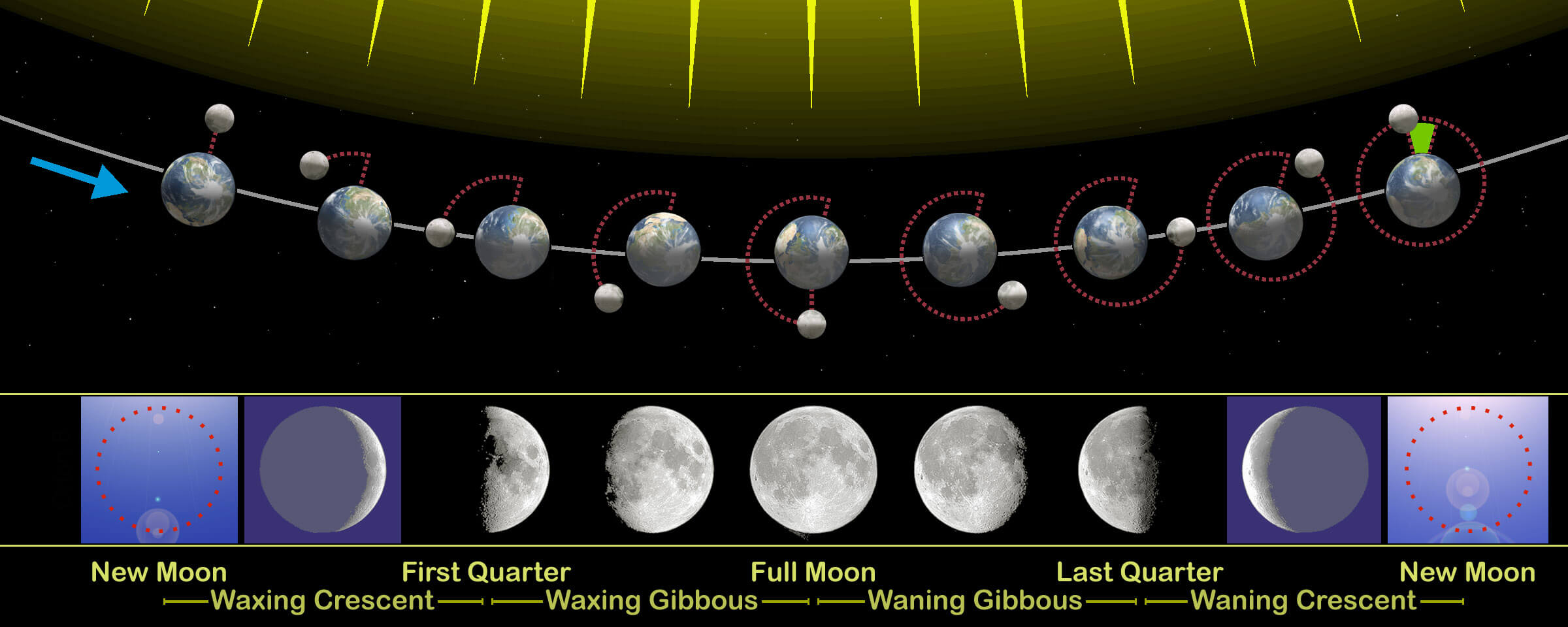
Lunar Phase Progression – the monthly lunar phases experienced by a local observer on a planet.
[Omens, Overlooks]

New Moon – the first lunar phase, where a moon and a star have the same ecliptic longitude, concealing the lunar disc to the naked eye beyond sometimes a thin crescent lit by Planetshine.
[Omens, Overlooks]

Waxing Crescent – the second lunar phase, where the right side of a moon (or the opposite side in the Southern hemisphere) illuminates concavely, and under halfway. Visible late morning to post-dusk.
[Omens, Overlooks]

First Quarter – the third lunar phase, where the right side of a moon (or the opposite side in the Southern hemisphere) illuminates diagonally, and halfway. Visible afternoon til midnight.
[Omens, Overlooks]

Waxing Gibbous – the fourth lunar phase, where the right side of a moon (or the opposite side in the Southern hemisphere) illuminates convexly, and more than halfway, but less than fully. Visible late afternoon through most of night.
[Omens, Overlooks]

Full Moon – the fifth lunar phase, where a moon illuminates fully. Visible all night long.
[Omens, Overlooks]

Waning Gibbous – the sixth lunar phase, where the left side of a moon (or the opposite side in the Southern hemisphere) illuminates convexly, and more than halfway, but less than fully. Visible most of night til early morning.
[Omens, Overlooks]
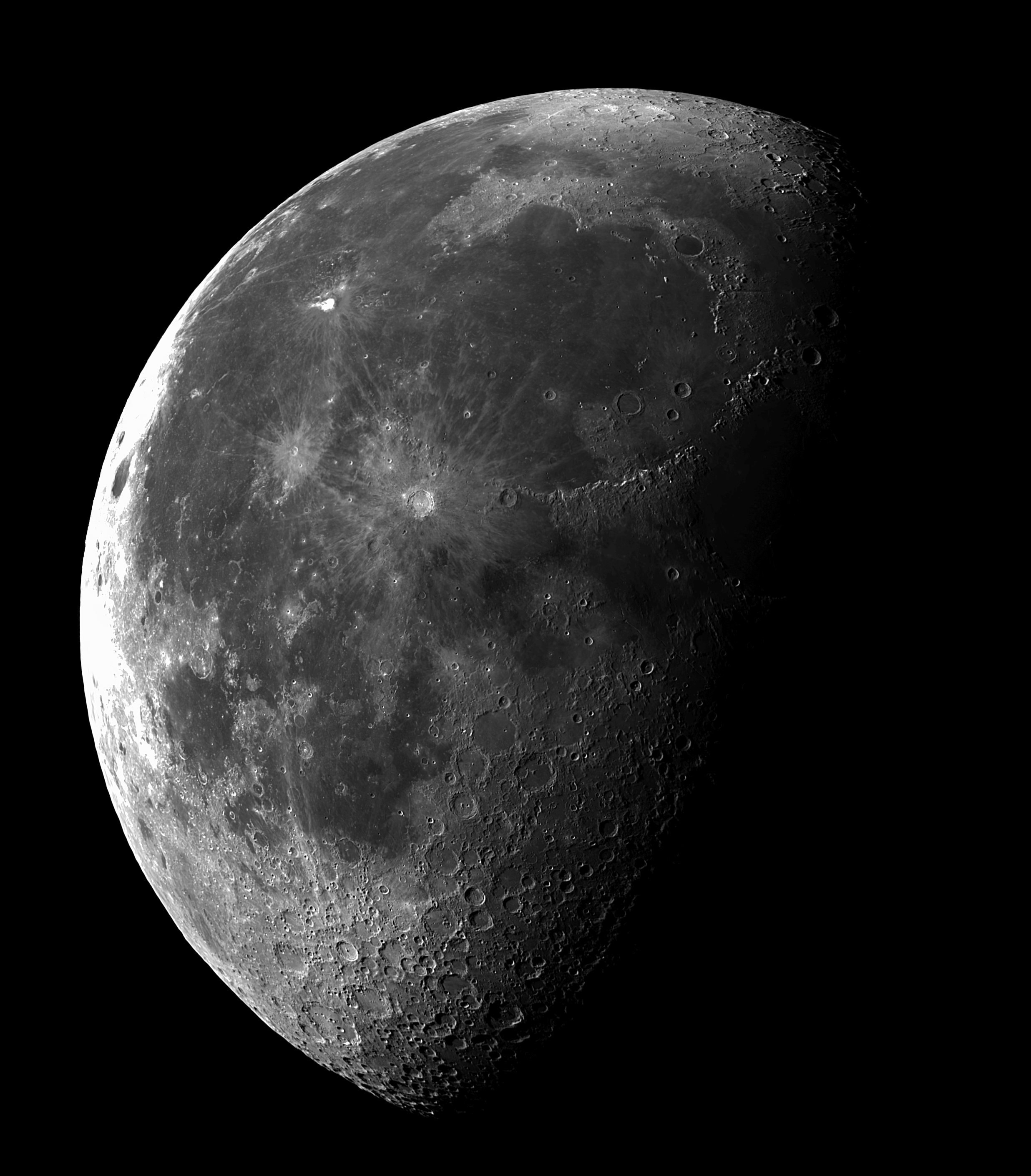
Last Quarter – the seventh lunar phase, where the left side of a moon (or the opposite side in the Southern hemisphere) illuminates diagonally, and halfway. Visible late night through all morning.
[Omens, Overlooks]

Waning Crescent – the eighth lunar phase, where the left side of a moon (or the opposite side in the Southern hemisphere) illuminates concavely, and under halfway. Visible pre-dawn til early afternoon.
[Omens, Overlooks]

Black Moon – an additional New Moon in a month or a season. May also refer to the absence of a Full Moon, or of a New Moon in a month. Folklore associates it with increased power of spells and rituals during this time, sometimes prohibiting those as dangerous. Colloquially, can refer to a moon with a temporary black-ish hue.
[Omens, Overlooks]

Blood Moon – the reddish coloration of an eclipsed moon. Arises due to sunlight refraction in the atmosphere scattering green to violet wavelengths.
[Omens, Overlooks]
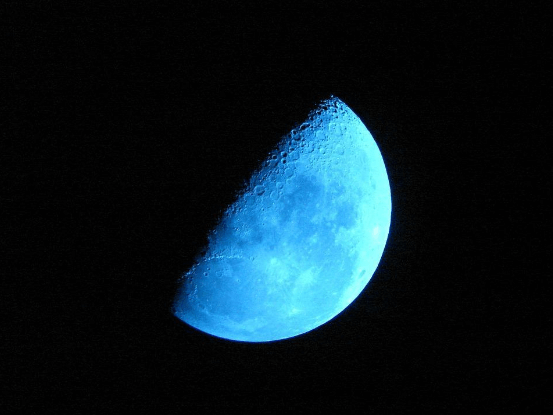
Blue Moon – an additional Full Moon in a month or a season: either the third of four in a season, or a second one in a month of the common calendar. Colloquially, can refer to a moon with a temporary blue-ish hue.
[Omens, Overlooks]

Lunar Pareidolia – coincidental patterns seen by observers as familiar images on the complex visible face of a moon, such as images of people, animals, or objects, or even writing, such as names. Folklore includes the “Man in the Moon”, the “Moon Rabbit”, and the “Cook Over A Three-Stone Fire”.
[Omens, Overlooks]

Moon Illusion – an optical illusion causing a moon to appear larger near the horizon than it does higher up in the sky.
[Omens, Overlooks]

Moonrise – the first appearance a moon makes over its planet’s horizon, relative to the observer’s position. Similar to Sunrise.
[Omens, Overlooks]
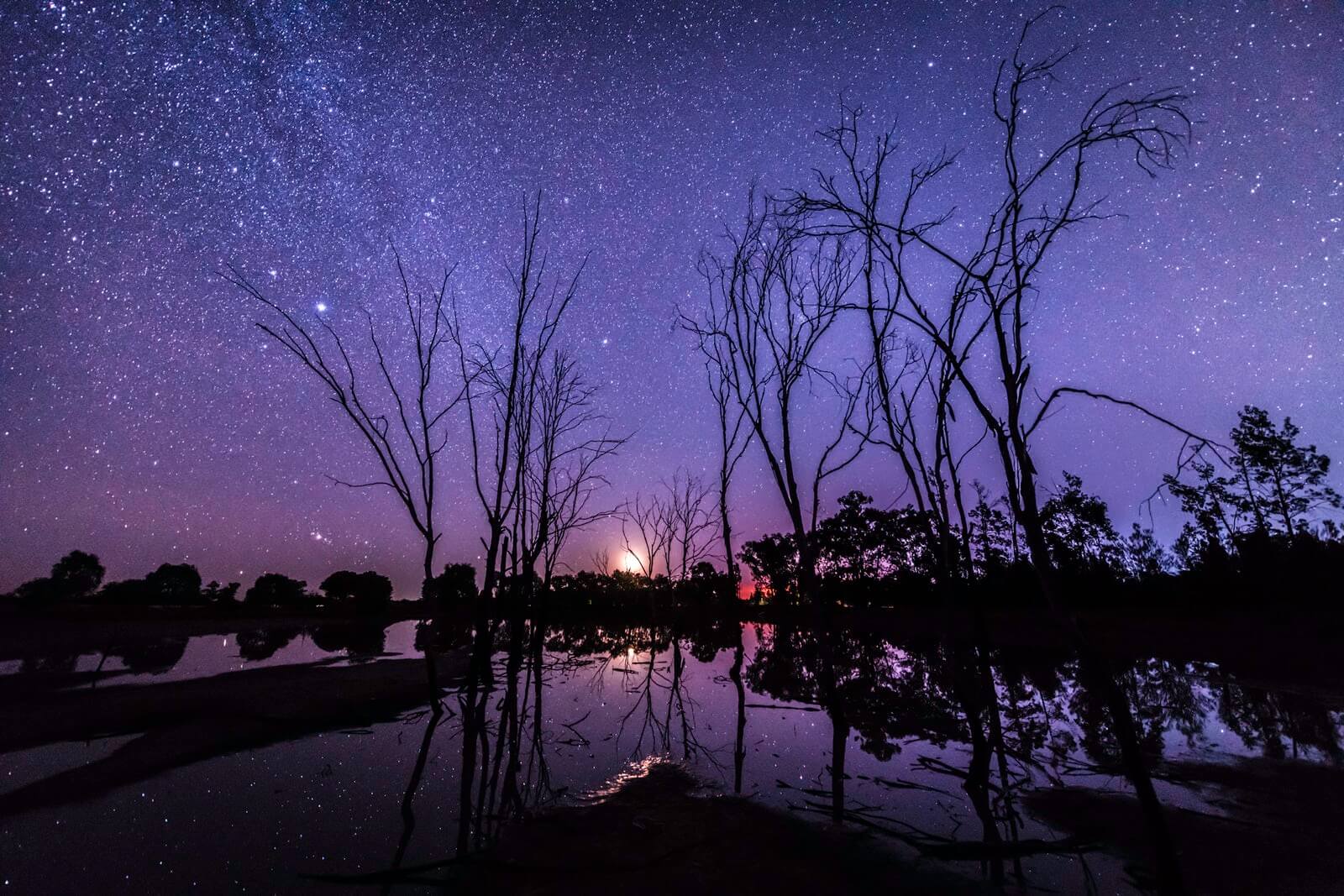
Moonset – when a moon disappears behind its planet’s horizon, relative to the observer’s position. Similar to Sunset.
[Omens, Overlooks]

Major Lunar Standstill – when a moon’s range of declination, and consequently its azimuth range at moonrise and moonset, reaches a maximum: highest or lowest. Viewed from the middle latitudes, this moon’s altitude when it contacts the observer’s meridian changes in only two weeks from highest to lowest above the horizon (either due north or south, depending on hemisphere). Likewise, its azimuth at moonrise changes from northeast to southeast, and at moonset from northwest to southwest. Associated with cultural architectural alignments and megalithic monuments.
[Omens]

Planetshine – when a planet reflects sunlight that dimly illuminates the dark side of a moon, while that moon appears as a narrow but waxing crescent to observers upon the planet.
[Omens, Overlooks]

Saber’s Beads – a broken arc of illuminated lunar mountain peaks, generally within 24 hours of a New Moon. Rarely observed due to the varying of lunar libration and sun proximity. Resembles moments just before and after total solar eclipse.
[Omens]

Supermoon / Perigree Syzygy – a Full Moon or New Moon which coincides with perigree, when a moon comes closest to its planet in its elliptic orbit, resulting in a larger-than-usual apparent size of the lunar disk to an observer. Opposite of Micromoon.
[Omens, Overlooks]
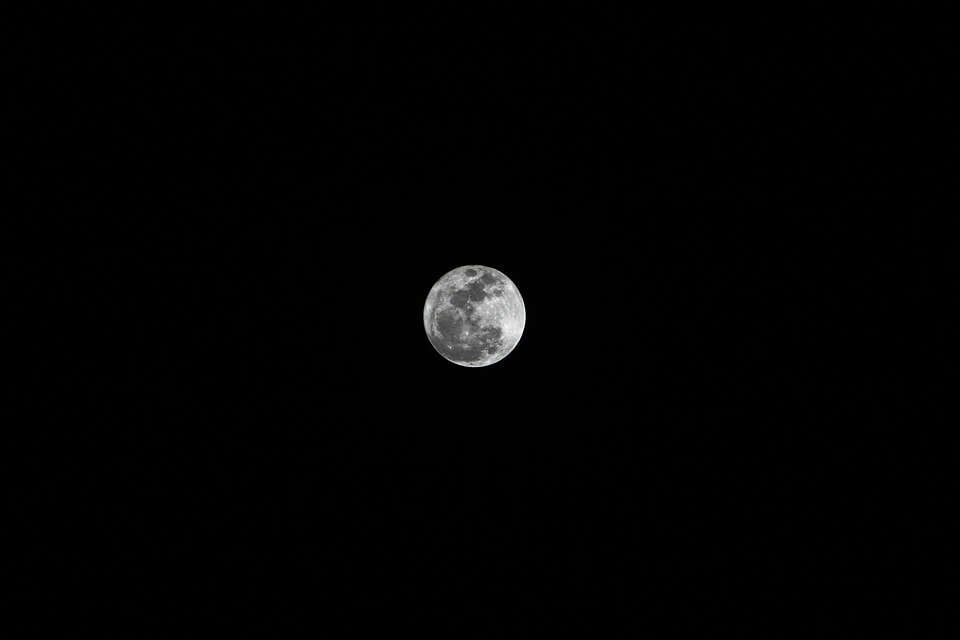
Micromoon / Apogee Syzygy – a Full Moon or New Moon which coincides with apogee, when a moon goes farthest from its planet in its elliptic orbit, resulting in a smaller-than-usual apparent size of the lunar disk to an observer. Opposite of Supermoon.
[Omens, Overlooks]

Wet Moon / Cheshire Moon – a visual phenomenon where a crescent moon’s “horns” point up at an angle, away from the horizon, similar to a smile or a bowl. Occurs when a crescent moon sits low above a planet’s horizon, at a point roughly above its sun’s invisible position below that horizon. Happens more often in the tropics.
[Omens, Overlooks]
PART 3: PLANETARY PHENOMENA
D&D 5e School of Magic Affinities – Abjuration, Conjuration, Divination, Evocation, Necromancy, Transmutation.

Planet – an astronomical body orbiting a star or stellar remnant, massive enough to become rounded by its own gravity, but not massive enough to cause fusion, which has clear its surrounding area of masses of Cosmic Dust. Some planets can appear to the naked eye.
[Settlements, Omens, Overlooks, Abyss, Battlegrounds]
<D&D 5e, if up close: Magical Means; Magitek Telescopes; Spelljammer vehicles>

Bright Planet / Naked Eye Planets – planets occasionally or usually visible to the naked eye in the night sky.
[Omens, Overlooks]
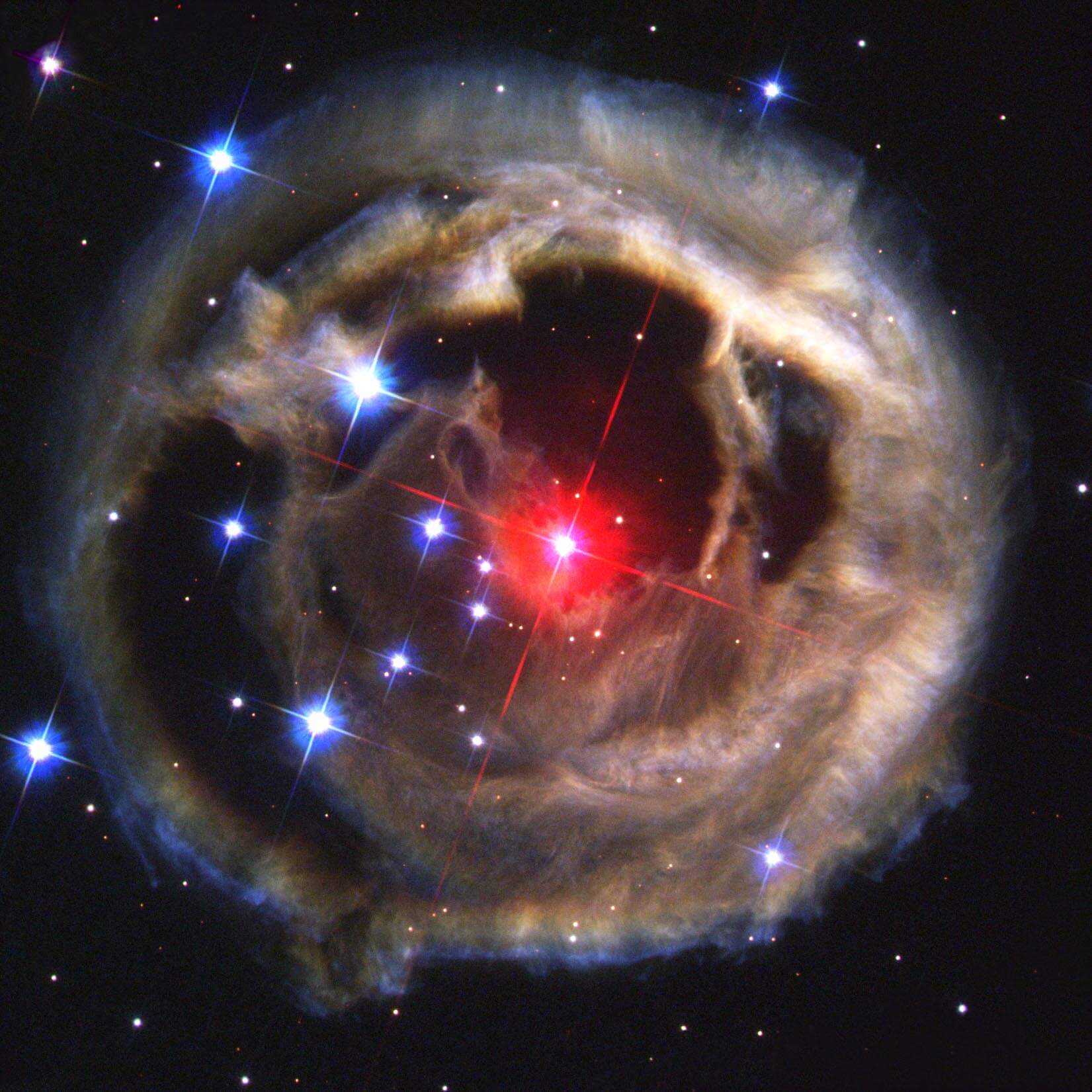
Nibiru Cataclysm / Nemesis Catastrophe Cycle – a supposed eventual disastrous collision between one’s planet and a large planetary object, such as a Secret Planet, implying a doomsday event, theorized by mystical proponents and pseudo-scientific thinkers. Sometimes theorized instead as a catastrophic planetary bombardment of comets arising from the long-term orbital cycle of a Secret Planet. Associated with prophecies and conspiracy theories.
[Omens, Abyss, Battlegrounds]
<D&D 5e, if up close: Magical Means; Magitek Telescopes; Spelljammer vehicles>
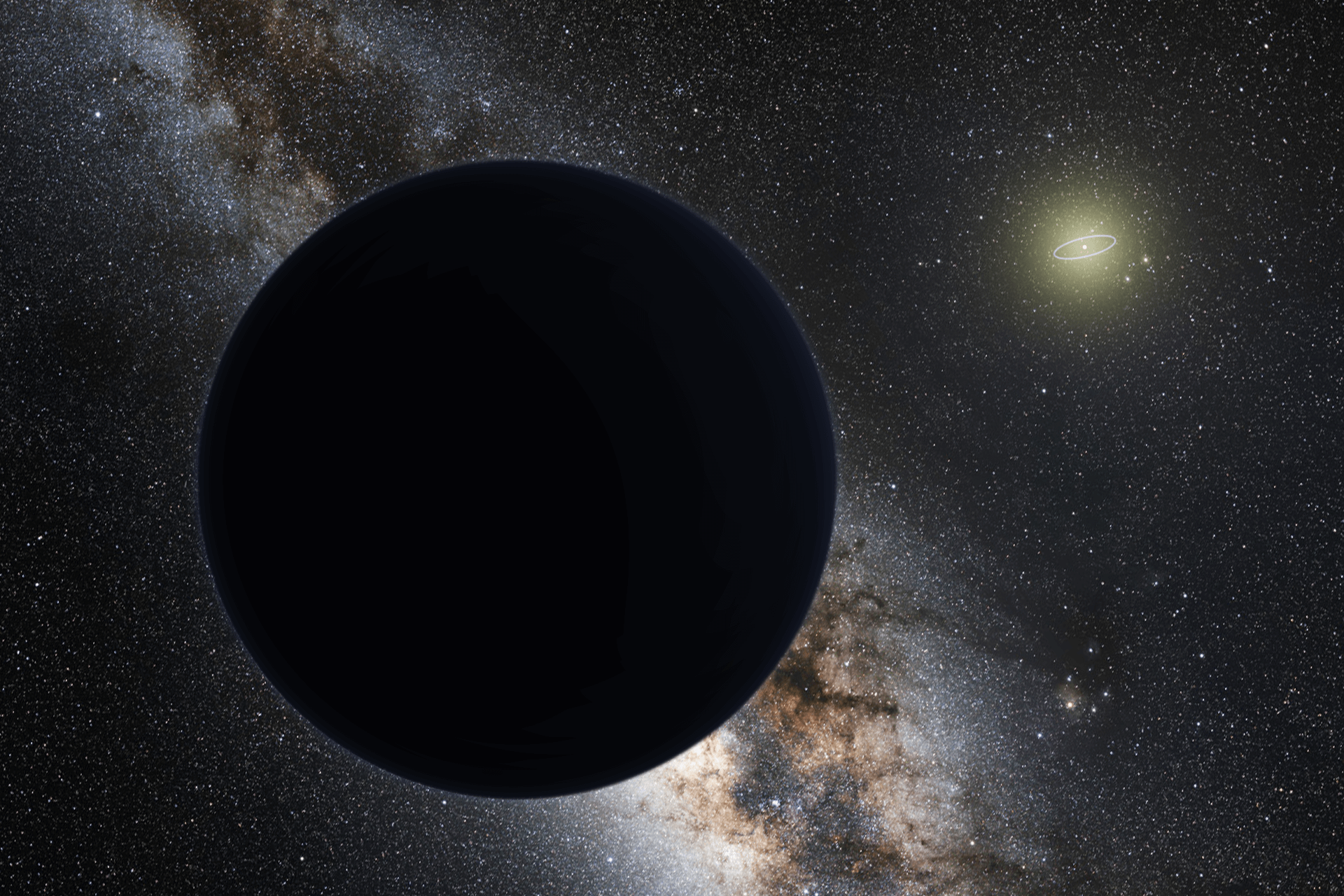
Secret Planet / Planet Nine – a purported hidden or rarely-appearing planet, potentially bearing complex lifeforms, theorized by mystical proponents and pseudo-scientific thinkers. Associated with prophecies and conspiracy theories.
[Settlements, Omens, Overlooks, Passageways]
<D&D 5e, if up close: Magical Means; Magitek Telescopes; Spelljammer vehicles>
PART 4: STELLAR PHENOMENA
D&D 5e School of Magic Affinities – Abjuration, Conjuration, Divination, Evocation, Illusion, Necromancy, Transmutation.

Star – a massive astronomical object consisting of a luminous spheroid of plasma bonded by its own gravity. Can function as a Sun. Often visible to the naked eye at night, and grouped into Asterisms or Constellations.
[Omens, Overlooks, Abyss]
<D&D 5e, if up close: Magical Means; Magitek Telescopes; Spelljammer vehicles>

Cosmic Dust – dust in Outer Space or which has fallen on one’s planet, whether intergalactic, interstellar, interplanetary, or circumplanetary. Causes Zodiacal Light.
[Omens, Overlooks, Passageways, Abyss]
<D&D 5e, if up close: Magical Means; Magitek Telescopes; Spelljammer vehicles>

Cosmic Wind – a powerful cosmic force composed of photons from large or exploding stars which can push low-density interstellar dust clouds into intergalactic space, potentially preventing new stars from forming. Caused by orbital motion of galactic gas, or ejection from a Black Hole.
[Omens, Overlooks, Passageways, Abyss]
<D&D 5e, if up close: Magical Means; Magitek Telescopes; Spelljammer vehicles>

Double Star / Binary Star – two stars that lie very close to one another, often orbiting each other. Often visible as a single point of light.
[Settlements, Omens, Overlooks, Passageways]
<D&D 5e, if up close: Magical Means; Magitek Telescopes; Spelljammer vehicles>

Einstein Ring – the deformation of the light from a source (such as a galaxy or star) into a ring through gravitational lensing of the source’s light by an object with an extremely large mass (such as another galaxy or a black hole). Occurs when the source, lens, and observer all align, as in Syzygy.
[Omens, Overlooks, Passageways, Abyss]
<D&D 5e, if up close: Magical Means; Magitek Telescopes; Spelljammer vehicles>

Nebula – a bright but fuzzy patch of the night sky, sometimes visible to the naked eye, arising as clouds of interstellar dust and gas collapsing under gravity, or the aftermath of supernovae, or as remnants of solar systems around dead stars.
[Settlements, Omens, Overlooks, Passageways, Abyss, Battlegrounds]
<D&D 5e, if up close: Magical Means; Magitek Telescopes; Spelljammer vehicles>

Optical Doubles / Optical Multiples – when two or more stars appear very close to one another to an observer, while in reality having a great distance of separation.
[Omens, Overlooks, Passageways]
<D&D 5e, if up close: Magical Means; Magitek Telescopes; Spelljammer vehicles>

Supernova – when a star suddenly brightens immensely because of a catastrophic explosion ejecting most of its mass.
[Omens, Overlooks, Passageways, Abyss, Battlegrounds]
<D&D 5e, if up close: Magical Means; Magitek Telescopes; Spelljammer vehicles>
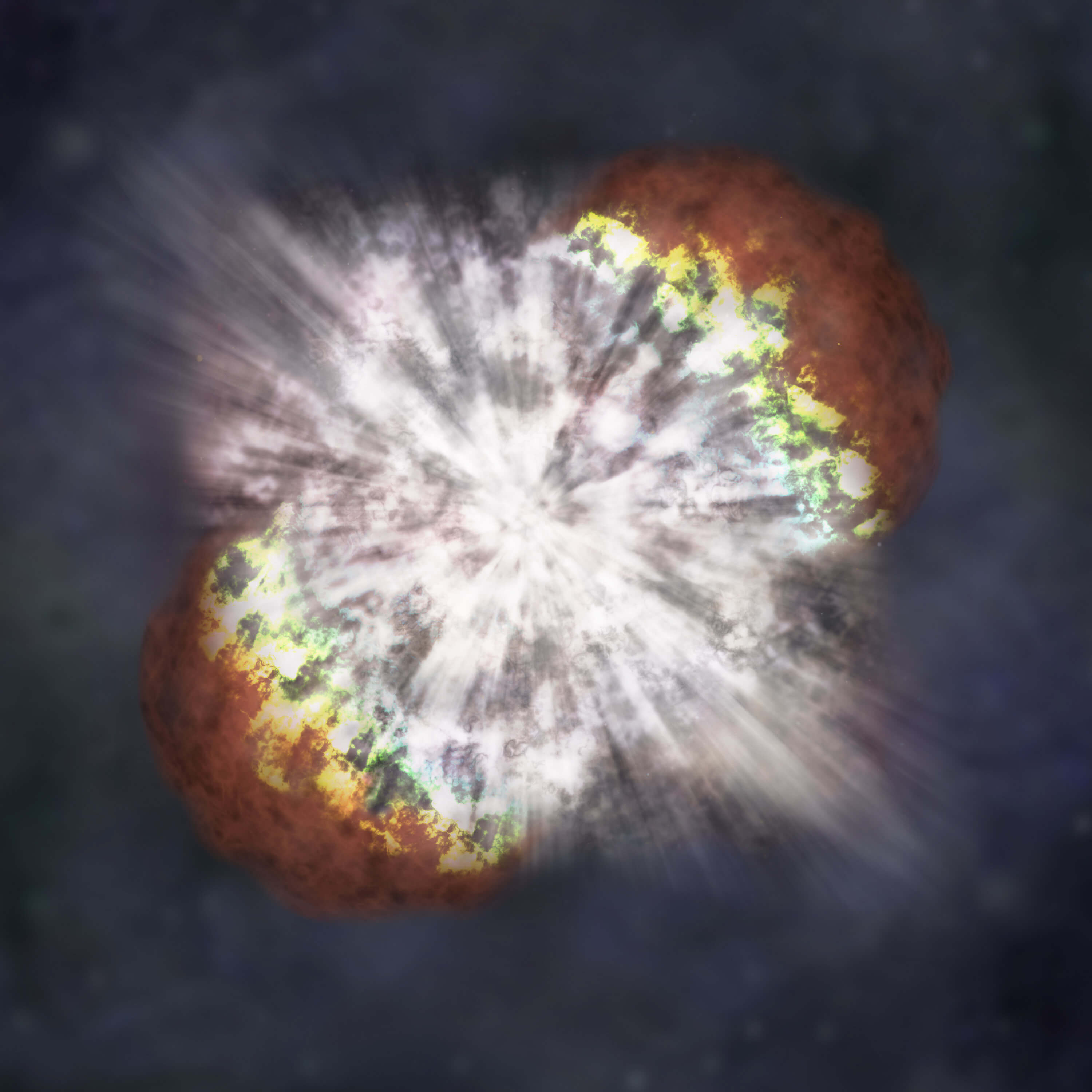
Hypernova / Superluminous Nova – supernova with tenfold or more brightness compared to normal. Produces long gamma ray bursts.
[Omens, Overlooks, Passageways, Abyss, Battlegrounds]
<D&D 5e, if up close: Magical Means; Magitek Telescopes; Spelljammer vehicles>

Tidal Disruption Flare – when a star approaches sufficiently close to a Supermassive Black Hole pulled apart by a Black Hole’s tidal force, experiencing spaghettification. The accretion disk around the Black Hole can capture a portion of the star’s mass, resulting in a temporary flare as it consumes that mass.
[Omens, Overlooks, Passageways, Abyss, Battlegrounds]
<D&D 5e, if up close: Magical Means; Magitek Telescopes; Spelljammer vehicles>
PART 5: CONSTELLATIONS
D&D 5e School of Magic Affinities – Abjuration, Divination, Enchantment, Illusion, Transmutation.

Asterism – a popularly-known pattern or group of stars visible in the night sky; essentially unofficial constellations. Examples include the Big Dipper and the Southern Cross.
[Omens, Overlooks, Passageways]

Constellation – a group of stars forming an imaginary outline or pattern, typically resembling an animal, mythological entity, deity, or inanimate object.
[Omens, Overlooks, Passageways]

Dark Cloud Constellations – dark patches in one’s own galaxy may appear more visibly in the Southern hemisphere, when the galaxy’s central region sometimes casting a shadow on the ground, and cultures identifying shapes and patterns in the patches. Folklore associates these with seasonal weather patterns, and with animal symbolism.
[Omens, Overlooks, Passageways]
PART 6: SMALL SOLAR SYSTEM BODIES
D&D 5e School of Magic Affinities – Conjuration, Divination, Evocation.

Asteroid / Planetoid – a small rocky body orbiting a star, sometimes large enough to qualify as a small planet. Often applied more generally to orbiting astronomical objects without a disc or tail. Can form clusters, becoming Asteroid Belts.
[Settlements, Omens, Overlooks, Abyss]
<D&D 5e, if up close: Magical Means; Magitek Telescopes; Spelljammer vehicles>

Comet / Great Comet – a celestial object consisting of a nucleus of ice and dust and, when near a star, a “tail” of gas and dust particles pointing away from the sun. Includes exceptionally bright ones, called Great Comets.
[Settlements, Omens, Overlooks, Abyss]
<D&D 5e, if up close: Magical Means; Magitek Telescopes; Spelljammer vehicles>

Meteor / Meteoroid / Meteorite / Shooting Star / Earth-Grazing Fireball – a small body of matter from Outer Space which enters a planet’s atmosphere, becoming incandescent as a result of friction, appearing as a streak of light, and potentially shedding material. Can cause Meteor Showers. Meteoroids denote smaller rocks or boulders of the same. Meteorites signify ones which make landfall, whereas Earth-Grazing Fireballs enter the atmosphere but leave again. Impacts can leave black, green, brown, or grey objects made from natural glass, called tektites.
[Omens, Overlooks, Abyss]
<D&D 5e, if up close: Magical Means; Magitek Telescopes; Spelljammer vehicles>

Bolide / Superbolide – an extremely bright meteor which explodes in the atmosphere, a fireball often about as bright as a Full Moon, sometimes more. Includes Superbolides 100 times brighter than a Full Moon.
[Omens, Overlooks, Abyss]
<D&D 5e, if up close: Magical Means; Magitek Telescopes; Spelljammer vehicles>

Meteor Shower – a series of meteors seemingly radiating from a single area in the night sky, produced by debris left over from a larger body, such as a comet.
[Omens, Overlooks, Abyss]
PART 7: ECLIPSES
D&D 5e School of Magic Affinities – Abjuration, Conjuration, Divination, Enchantment, Illusion, Necromancy, Transmutation.

Eclipse – when a body totally or partially disappears from view, either by an occultation, as with a solar eclipse, or by passing into the shadow of another body, as with a lunar eclipse.
[Omens, Overlooks]
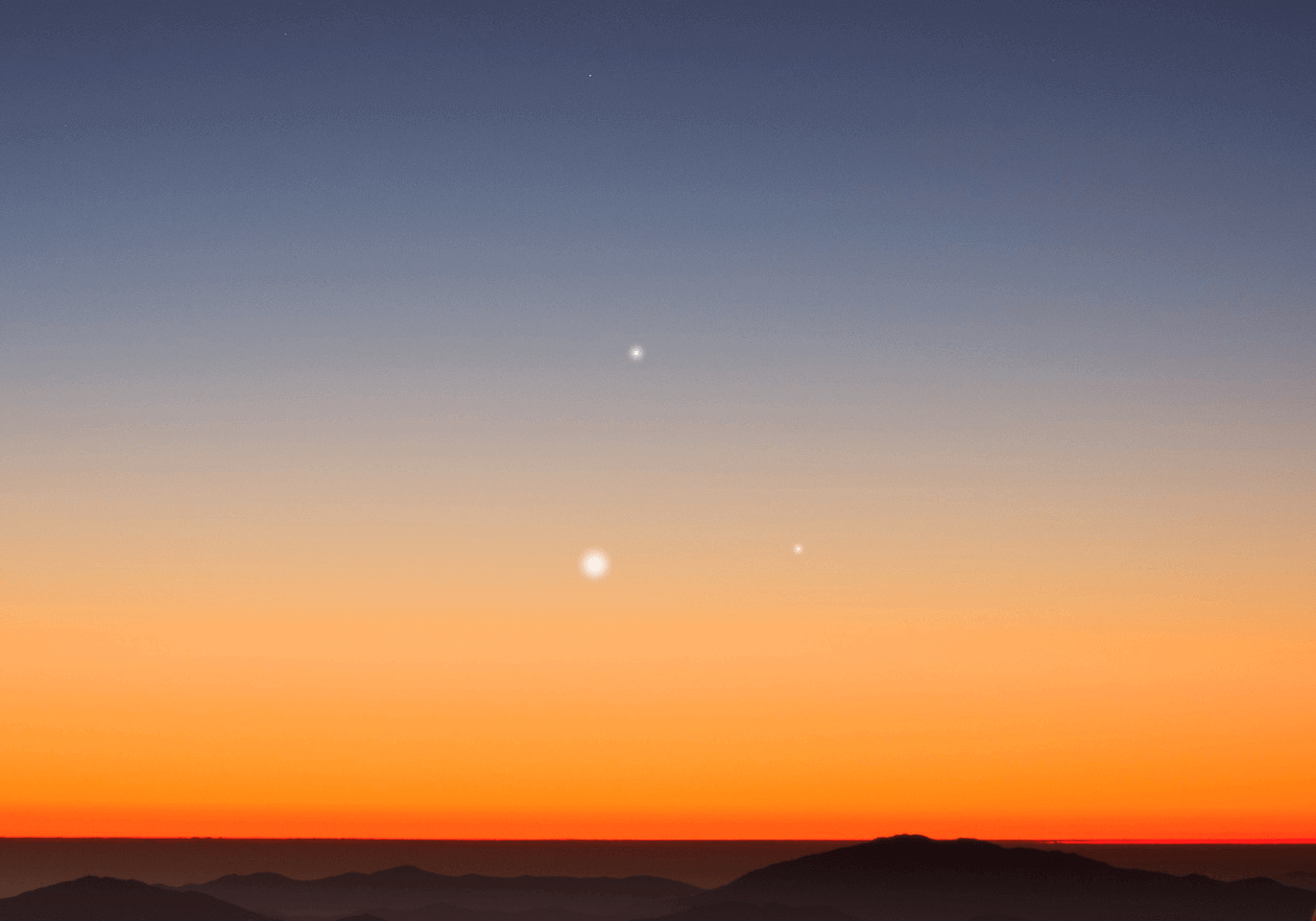
Syzygy – the nearly straight-line configuration of three celestial bodies in a gravitational system, especially a sun, moon, and the observer’s planet during a solar or lunar eclipse. Connected to Eclipses, Occultations, and Transits.
[Omens, Overlooks, Passageways]

Baily’s Beads / Diamond Ring – a feature of Total and Annular Solar Eclipses where the rugged topography of a moon, as it covers its sun, allows beads of sunlight to shine across its valleys but not its peaks before totality. A Diamond Ring version occurs when only one bead remains, appearing as a shining point in a bright ring around the lunar silhouette.
[Omens, Overlooks, Passageways]
<D&D 5e, if up close: Magical Means; Magitek Telescopes; Spelljammer vehicles>

Lunar Eclipse Progression – a sequence where a Full Moon moves through the shadow cast by a planet as it passes between its sun and moon.
[Omens, Overlooks]

Penumbral Lunar Eclipse – a moon passes through its planet’s penumbral shadow; subtly noticeable.
[Omens, Overlooks]

Partial Lunar Eclipse – part of a moon passes through its planet’s umbral shadow; visible to the naked eye.
[Omens, Overlooks]

Total Lunar Eclipse – the entirety of a moon passes through its planet’s umbral shadow, causing a visible, red “totality”.
[Omens, Overlooks, Abyss]

Tetrad – a set of four lunar eclipses within two consecutive years.
[Omens, Overlooks]

Solar Eclipse Progression – a sequence where a moon obscures its star, from the perspective of that moon’s planet.
[Omens, Overlooks]

Partial Solar Eclipse – a partial solar eclipse where a moon and its sun don’t line up with a planet fully, so the moon only partially obscures the sun.
[Omens, Overlooks]

Annular Solar Eclipse – a partial solar eclipse where a moon doesn’t have enough proximity to its star to completely cover the solar disk, leaving a red ring.
[Omens, Overlooks]

Total Solar Eclipse – a solar eclipse where the dark silhouette of a moon completely obscures the intensely bright light of its star, making the much fainter solar corona visible.
[Omens, Overlooks, Abyss]
PART 8: OCCULTATIONS & TRANSITS
D&D 5e School of Magic Affinities – Enchantment, Illusion, Transmutation.

Occultation – when an apparently larger body passes in front of an apparently smaller one.
[Omens, Overlooks, Passageways]

Grazing Occultation – when the varied topography of a moon’s surface causes stellar objects like stars to disappear and reappear intermittently at that moon’s limit.
[Omens, Overlooks, Passageways]

Transit – when an apparently smaller celestial body passes in front of an apparently larger one. Where this occurs regularly, it becomes known as a secondary eclipse.
[Omens, Overlooks, Passageways]
PART 9: CONJUNCTIONS & OPPOSITIONS
-
D&D 5e School of Magic Affinities – Divination, Enchantment, Illusion, Transmutation.


- Appulse – the shortest apparent distance between one celestial object and another, as seen from a third body, typically a sun, moon, and planet, due to perspective rather than physical space. Visible to the naked-eye when involving Bright Planets or a local moon. Related to Conjunction, but different mechanism and timing.
[Omens, Overlooks, Passageways]
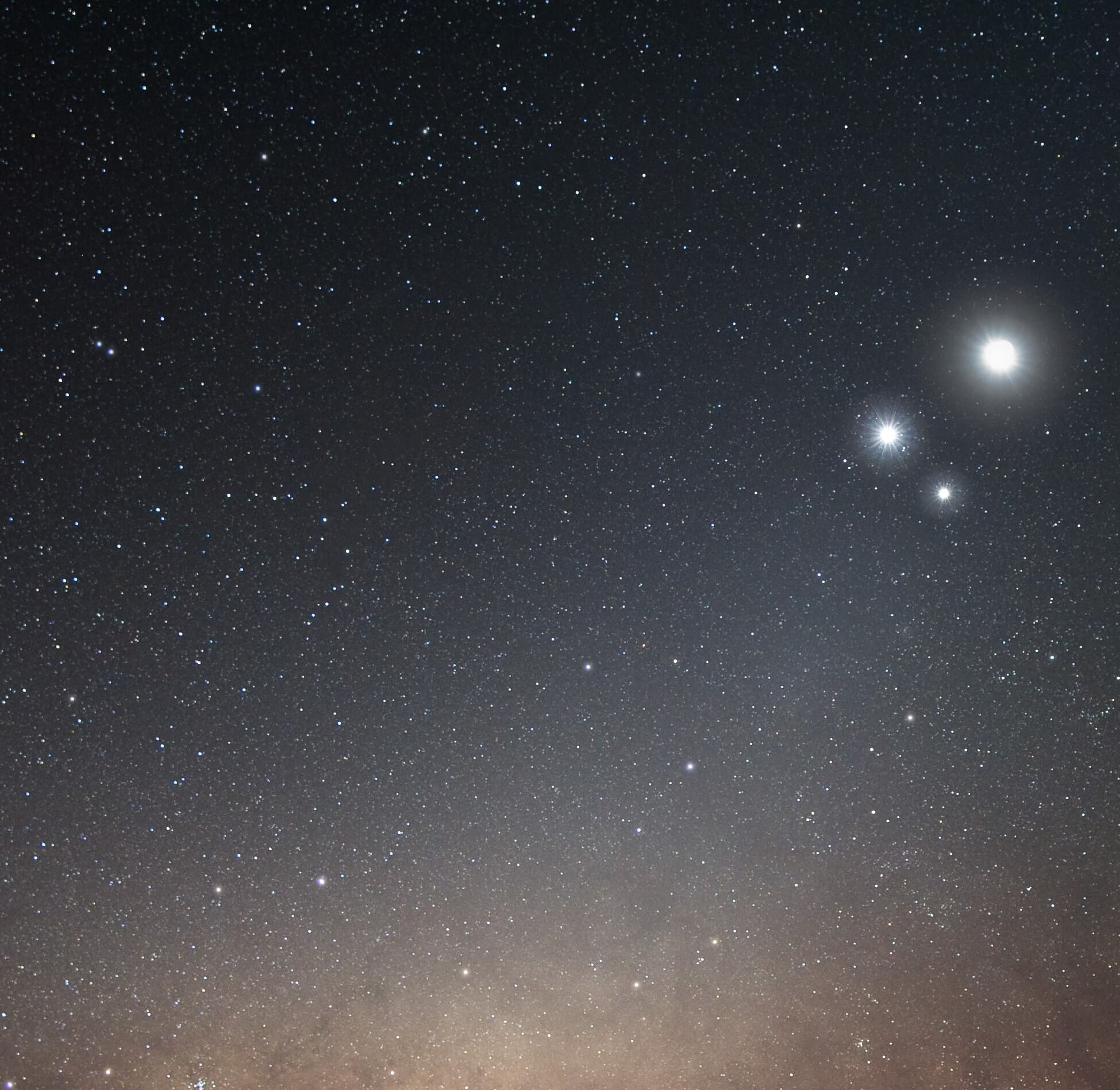
- Conjunction / Triple Conjunction – the moment when two astronomical bodies have the same right ascension or ecliptic longitude, as viewed from an observer’s planet. Conjunctions of Bright Planets can become visible to the naked eye. Includes Triple Conjunctions, where two planets or a planet and a star meet each other three times in a short period either in opposition, or in an inferior conjunction. Related to Appulse, but different mechanism and timing.
[Omens, Overlooks, Passageways]

- Opposition – when two astronomical objects exist on opposite sides of the celestial sphere, as observed from a given body, such as a planet.
[Omens, Overlooks, Passageways]

- Quadrature – when the position of a planet or moon has an elongation of 90* or 270*, such as when the observer’s planet rests where perpendicular lines from its sun and another planet would coincide.
[Omens, Overlooks, Passageways]
PART 10: SOLSTICES & EQUINOXES
- D&D 5e School of Magic Affinities – Abjuration, Conjuration, Divination, Enchantment, Evocation, Necromancy, Transmutation.

- Spring Equinox – when sunrise occurs at the midpoint between the two extremes on the horizon where it can happen, and the center of the visible sun rests directly above a planet’s equator in the Spring season, an even duration of daytime and nighttime occurs across the planet, illuminating both poles. Associated with many cultural holidays, festivals, and rituals, particularly around new light and life, cleaning and fertility, and with megalithic structures. Parallel to Fall Equinox.
[Omens, Overlooks, Passageways, Battlegrounds]

- Summer Solstice / Midsummer – when one of a planet’s poles has its maximum tilt toward its sun, where that sun reaches its highest maximum position in the sky, granting the longest annual period of daylight. Localized for each hemisphere, and causes a period of continuous light at the pole. Associated with many cultural holidays, festivals, and rituals, particularly around fertility and light, and with megalithic structures. Opposite of Winter Solstice.
[Omens, Overlooks, Passageways, Battlegrounds]

- Fall Equinox – when sunrise occurs at the midpoint between the two extremes on the horizon where it can happen, and the center of the visible sun rests directly above a planet’s equator in the Fall season, an even duration of daytime and nighttime occurs across the planet, illuminating both poles. Associated with many cultural holidays, festivals, and rituals, particularly around diminishing light and life, preparation and gratitude, and with megalithic structures. Parallel to Spring Equinox.
[Omens, Overlooks, Passageways, Battlegrounds]
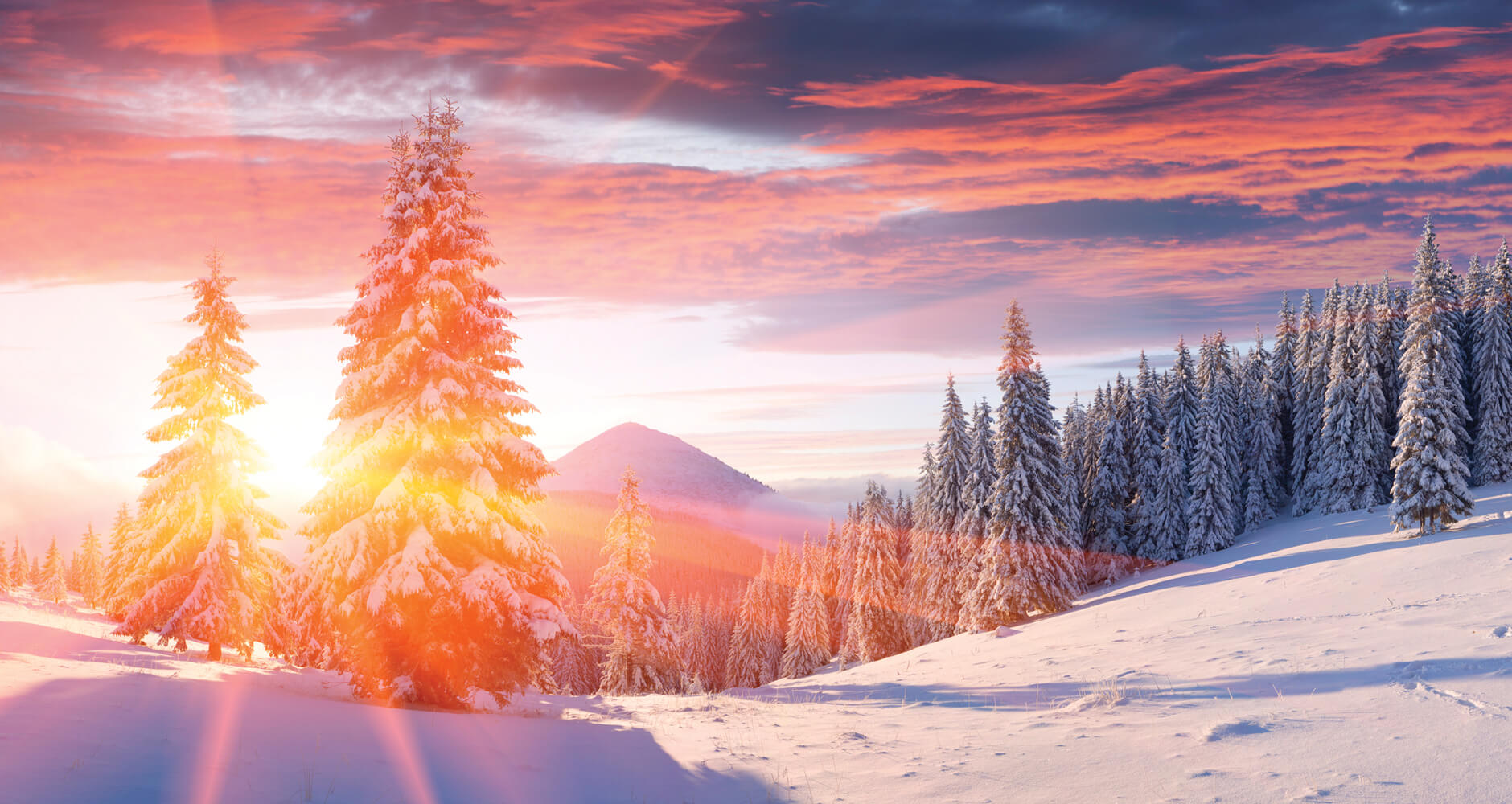
- Winter Solstice / Midwinter – when one of a planet’s poles has its maximum tilt away from a sun, where that sun reaches its lowest maximum position in the sky, granting the shortest annual period of daylight. Localized for each hemisphere, and causes a period of continuous dark at the pole. Associated with many cultural holidays, festivals, and rituals, particularly around the death and rebirth of the Sun, and with megalithic structures. Opposite of Summer Solstice.
[Omens, Overlooks, Passageways, Battlegrounds]
PART 11: SPACE HOLES
-
D&D 5e School of Magic Affinities – Conjuration, Divination, Enchantment, Illusion, Necromancy, Transmutation.

- Black Hole – a concentration of mass so compact it creates a region of space from which no light or matter can escape. It possesses an outer boundary called an event horizon. Can follow supernova. Opposite of White Hole.
[Omens, Overlooks, Passageways, Abyss, Battlegrounds]
<D&D 5e, if up close: Magical Means; Magitek Telescopes; Spelljammer vehicles>

- Supermassive Black Hole – an extremely large Black Hole hundreds or thousands to billions of times the mass of standard stars. Typically found at a galactic core.
[Omens, Overlooks, Passageways, Abyss, Battlegrounds]
<D&D 5e, if up close: Magical Means; Magitek Telescopes; Spelljammer vehicles>

-
White Hole – a hypothetical region of space-time which the outside cannot enter, but from which matter and light can escape from. Opposite of Black Hole.
[Settlements, Omens, Overlooks, Passageways, Abyss, Battlegrounds]
<D&D 5e, if up close: Magical Means; Magitek Telescopes; Spelljammer vehicles>

- Wormhole – a hypothetical structure of space-time envisioned as a tunnel connecting points separated in space and time.
[Settlements, Omens, Overlooks, Passageways, Abyss, Battlegrounds]
<D&D 5e, if up close: Magical Means; Magitek Telescopes; Spelljammer vehicles>
FINAL THOUGHTS
I hope you enjoyed this fifteenth entry in my Mythic Ecology series! I look forward to continuing with it, I have some greater ambitions for developing this series into worldbuilding web tools. Give this a share if you liked it, and let me know in the comments if you have any feedback. I publish new posts on alternating Tuesdays. In the meantime, I post D&D memes and writing updates over on my site’s Facebook Page. Also, if you want to keep up-to-date on all my posts, check out my Newsletter Sign-Up to receive email notifications when I release new posts. A big thanks as always to my Patrons on Patreon, helping keep this project going: Adam, Alexander, Anthony, Benjamin, Chris, Eric & Jones, Evan, Geoff, Jason, Rudy, and Tom. Thanks for your support!




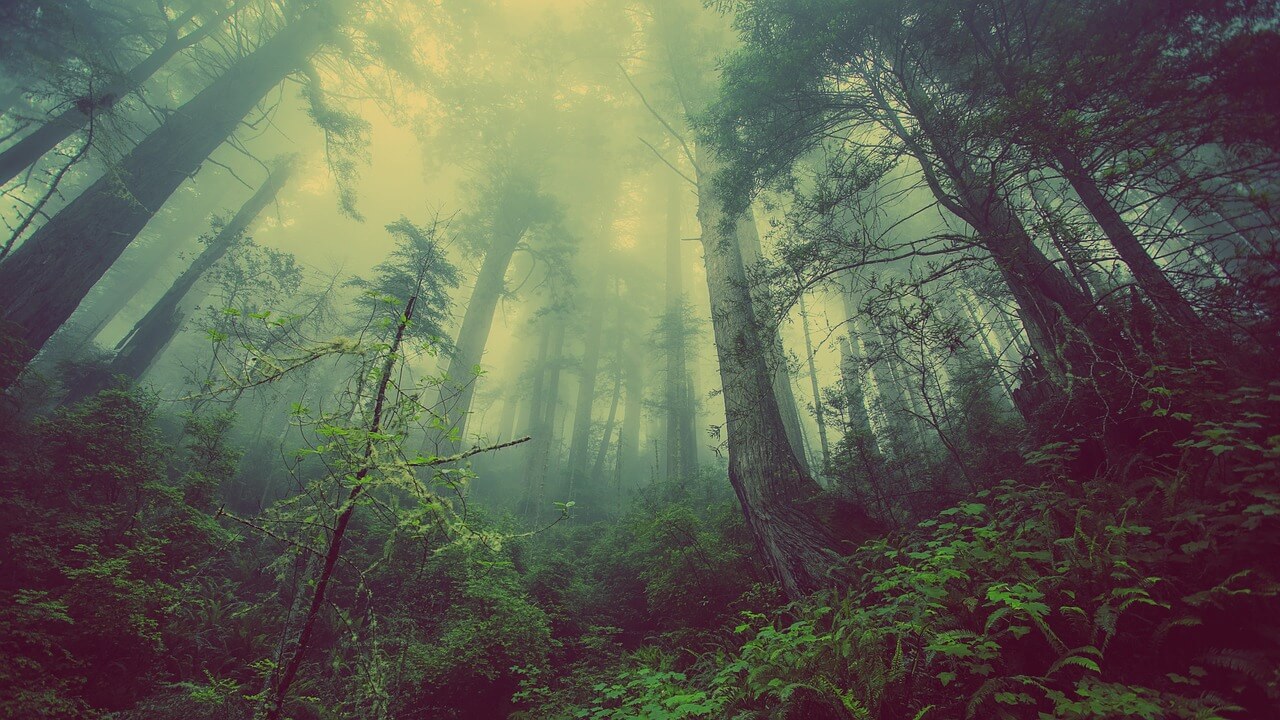

[…] outside of rare windows of time, like seasonal solstices and equinoxes, or even rarer celestial conjunctions, oppositions, and eclipses. This all seems to have no rational basis, but it actually makes a little sense in terms of certain […]